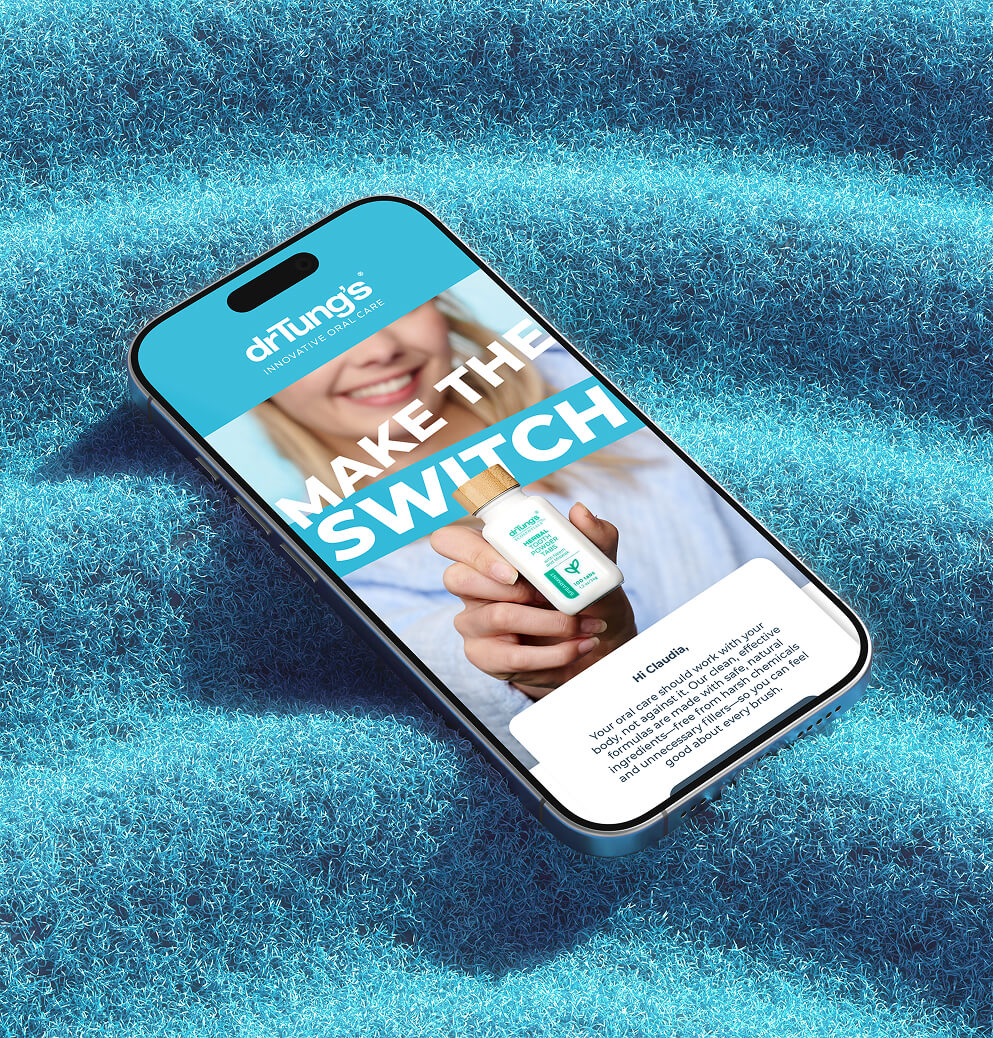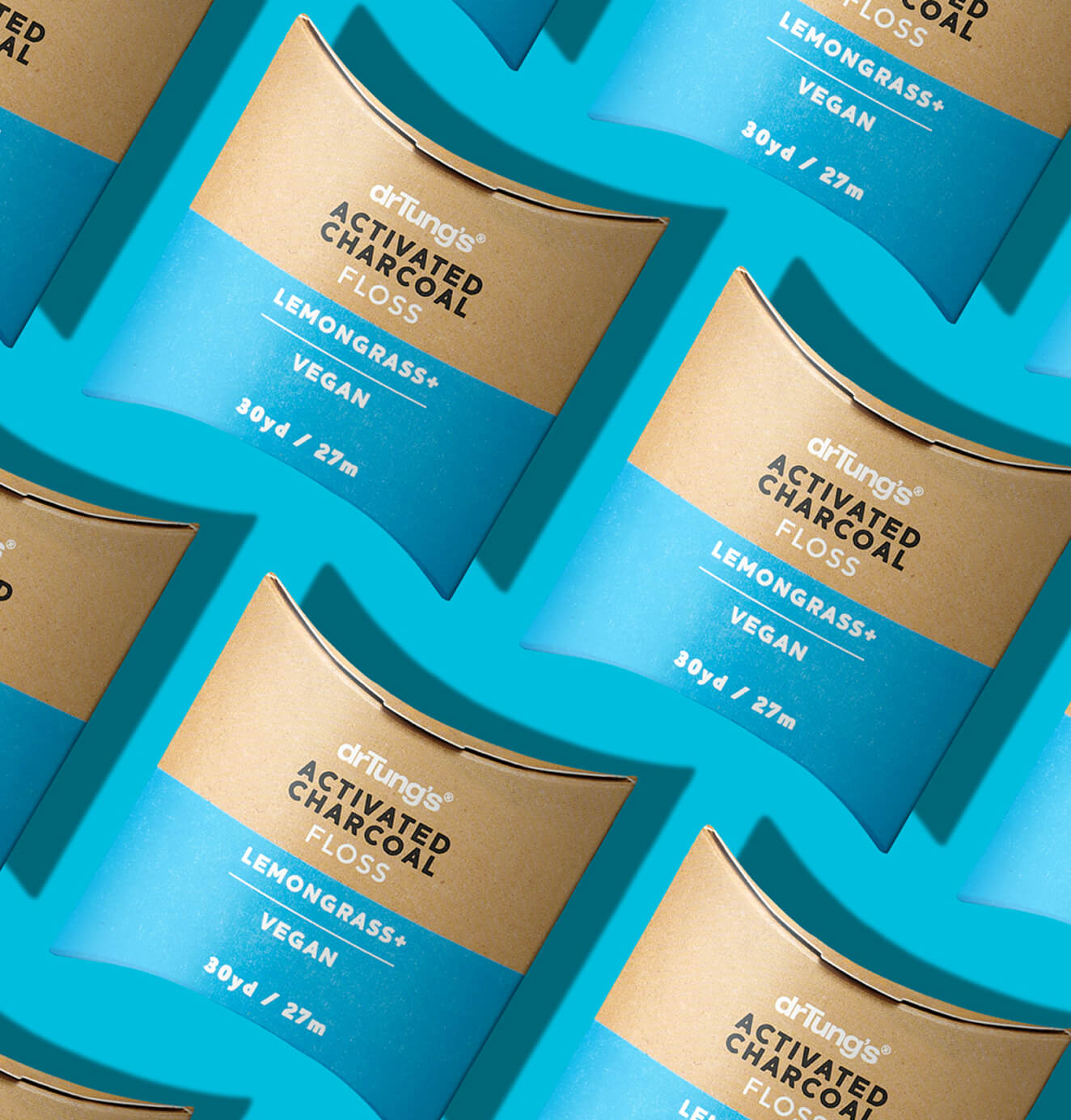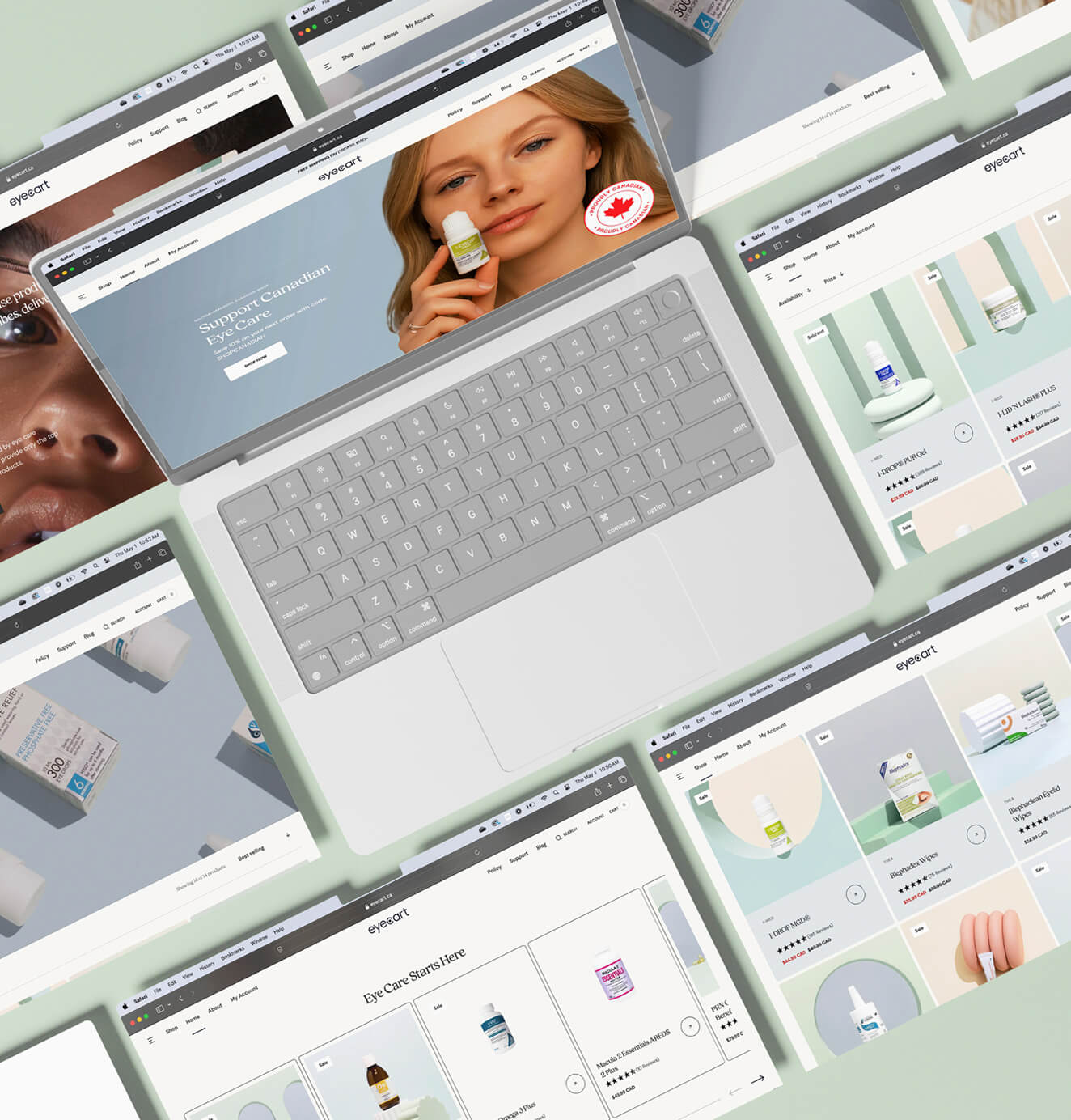Scaling Webflow Sites: Team Structure, Processes, and Tooling
10/27/2025
Web Design / Web Dev
Discover how leading teams scale Webflow from a single-designer tool into a high-performing ecosystem powered by structure, automation, and collaboration.

Webflow empowers creative teams to build visually stunning websites faster than ever. But as projects multiply and teams expand, scaling Webflow from a one-designer tool to a collaborative production system requires more than great design.



Why Scaling Webflow Requires More Than Design Skills



At The Branded Agency, we’ve seen this evolution firsthand. Scaling Webflow means implementing clear roles, efficient processes, and a structured tooling ecosystem that keeps performance, design consistency, and velocity aligned across multiple stakeholders.
This is how high-performing teams move from building sites to building systems.
The Challenges of Scaling Webflow
As teams grow, so does complexity. The biggest hurdles to scaling Webflow efficiently typically fall into three categories.
Fragmented Workflows
Without centralized process ownership, different designers or developers may use inconsistent methods from naming classes differently to structuring CMS collections in ad hoc ways. This slows down future builds and complicates maintenance.
To improve collaboration, teams can adopt documented frameworks like Finsweet’s Client-First System for standardized naming and structure.
Inconsistent Brand Systems
Every new project risks drifting away from the core brand system. Without reusable components or a style library, it’s easy for typography, color, and layout standards to deviate eroding brand consistency.
Limited Collaboration Infrastructure
Webflow isn’t natively multi-user in the way Git or Figma are. Scaling teams often struggle with versioning, merging changes, or real-time design collaboration unless they establish clear working protocols and external tooling support.
Structuring a Webflow Team for Scale
To scale effectively, your Webflow operation needs defined roles even in small teams. Each role plays a specific part in maintaining performance, consistency, and communication.
Webflow Lead / Developer
This role owns the build structure, global classes, and site architecture. They’re responsible for maintaining naming conventions, optimizing for SEO and performance, and managing component reusability across sites.
Designer and Brand Strategist
This person ensures each Webflow project aligns with brand identity and UX best practices. They manage design systems in Figma and coordinate with developers to translate design tokens accurately into Webflow components.
Content and SEO Specialist
Scaling content in Webflow’s CMS requires precision. This role ensures metadata, headings, and collection structures align with SEO goals while maintaining readability and consistency across hundreds of entries.
Project Manager or Operations Lead
Every scaling Webflow team needs a process gatekeeper. The PM or Ops Lead ensures timelines, QA, and documentation are maintained turning creative output into a repeatable, measurable workflow.
Establishing Scalable Processes












Scaling isn’t about speed, it's about efficiency and repeatability. Standardizing key processes ensures that every team member, regardless of role, can jump into any project seamlessly.
Design Systems and Component Libraries
Build once, reuse forever. A centralized design system linked between Figma and Webflow ensures consistent brand execution. Many scaling agencies now maintain “Relume-style” libraries of pre-built, branded components for faster prototyping and launch.
Naming Conventions and Class Management
A clean Webflow structure is a scalable one. Use a system like BEM (Block, Element, Modifier) or Client-First by Finsweet to keep classes organized. Document every naming standard so developers don’t create duplicates or conflicting global styles.
QA, Staging, and Version Control
Before launch, run every build through a QA checklist: accessibility, responsiveness, and link integrity. Maintain staging versions for testing, and use Webflow’s backup and duplicate functions as a pseudo-version control system for rollbacks.
Tooling for Collaborative Webflow Operations
Scaling Webflow successfully means assembling the right ecosystem of tools around it.
Design Collaboration Tools
- Figma: Your team’s source of truth for UX, typography, and color systems.
- Relume Library: Speeds up production by syncing design-ready Webflow components.
- Zeroheight: Helps maintain live documentation for brand systems.
Development and Automation Tools
- Make (Integromat) or Zapier: Automate repetitive CMS or form tasks.
- Wized + Xano: Extend Webflow into dynamic dashboards or app-like experiences.
- Whalesync: Sync Webflow CMS data with Airtable or Notion for content teams.
Automation doesn’t just save time it minimizes human error, one of the most common scaling pain points.
Content and SEO Tools
Scaling sites means scaling content. Integrate:
- Ahrefs or Sitebulb for advanced SEO audits.
- Google Search Console for keyword performance insights.
- Notion or Airtable as editorial databases connected to Webflow CMS.
This setup keeps your content pipeline agile and your pages SEO-ready at scale.
Want to learn more about Website Design, Development and E-commerce? Keep reading!
If you need help with your company’s website and development, contact us for a free custom quote.
Scaling Client and Internal Sites Efficiently

Whether you’re an agency managing multiple clients or an internal marketing team, scaling means balancing creativity with consistency.
Standardized Templates and Frameworks
Start every new project with a baseline structure pre-built style guides, global classes, and CMS models. This keeps projects efficient and future-proofs them for maintenance.
Documentation and Knowledge Bases
Create an internal Webflow playbook including process maps, QA steps, and naming standards. Tools like Notion or Zeroheight make it easy for new team members to onboard and stay aligned.
Measuring Team Velocity
Set measurable KPIs such as average build time, CMS item count, and QA completion rate. Tracking velocity gives visibility into where your process excels and where you need to optimize.
FAQs About Scaling Webflow Sites

1. Can Webflow scale for enterprise-level websites?
Yes. With the right team structure, processes, and automation tools, Webflow can handle large content libraries, global teams, and enterprise security needs. Many organizations pair Webflow with collaboration frameworks and headless integrations for long-term scalability.
2. What team roles are essential when scaling Webflow?
High-performing teams typically include a Webflow Lead/Developer, a Designer & Brand Strategist, a Content & SEO Specialist, and a Project Manager or Operations Lead. Together, these roles balance performance, brand consistency, and workflow efficiency.
3. How do you maintain brand consistency across multiple Webflow projects?
Use design systems, component libraries, and documented class naming conventions. Frameworks like Finsweet’s Client-First or libraries like Relume keep typography, colors, and layouts consistent across every build—critical for brand governance.
4. Does Webflow support multi-user collaboration?
Webflow isn’t natively multi-user like GitHub or Figma, but teams overcome this by establishing workflow protocols, versioning practices, and staging environments. Using collaboration tools like Figma and Zeroheight bridges the gap.
5. Which tools help scale Webflow operations?
Popular tools include:
- Figma for design collaboration
- Relume Library for reusable components
- Make or Zapier for workflow automation
- Wized + Xano for app-like functionality
- Whalesync + Airtable for CMS/content scaling
- Ahrefs or Sitebulb for SEO auditing
These tools reduce friction and improve team velocity.
6. How do you automate workflows in Webflow at scale?
Automation platforms like Make (Integromat) or Zapier can handle repetitive tasks such as updating CMS fields, syncing content with CRMs, or triggering SEO updates. Automation minimizes human error and keeps scaling operations efficient.
7. How can agencies scale Webflow across multiple clients?
Agencies should build standardized templates, internal documentation, and knowledge bases. A centralized Webflow playbook with process maps, QA steps, and naming standards ensures every client build is consistent, fast, and maintainable.
8. What KPIs should teams track when scaling Webflow?
Common metrics include average build time, CMS item count, QA completion rate, and Core Web Vitals performance. These KPIs help identify bottlenecks and prove the ROI of scaling processes.
Building a Scalable Webflow Ecosystem
Scaling Webflow successfully isn’t about hiring more people or chasing more tools, it's about creating an integrated system of structure, collaboration, and automation.
When your team roles, processes, and tools align, every new site builds faster, stays on-brand, and performs flawlessly no matter how large your portfolio grows.
At The Branded Agency, we help brands and teams scale their Webflow operations with the same precision and creativity we apply to every project.
If your organization is ready to scale smarter, contact us to build your Webflow ecosystem the right way.

Quincy Samycia
As entrepreneurs, they’ve built and scaled their own ventures from zero to millions. They’ve been in the trenches, navigating the chaos of high-growth phases, making the hard calls, and learning firsthand what actually moves the needle. That’s what makes us different—we don’t just “consult,” we know what it takes because we’ve done it ourselves.
Want to learn more about brand platform?
If you need help with your companies brand strategy and identity, contact us for a free custom quote.
We do great work. And get great results.
+2.3xIncrease in revenue YoY
+126%Increase in repurchase rate YoY








+93%Revenue growth in first 90 days
+144% Increase in attributed revenue








+91%Increase in conversion rate
+46%Increase in AOV








+200%Increase in conversion rate
+688%Increase in attributed revenue












